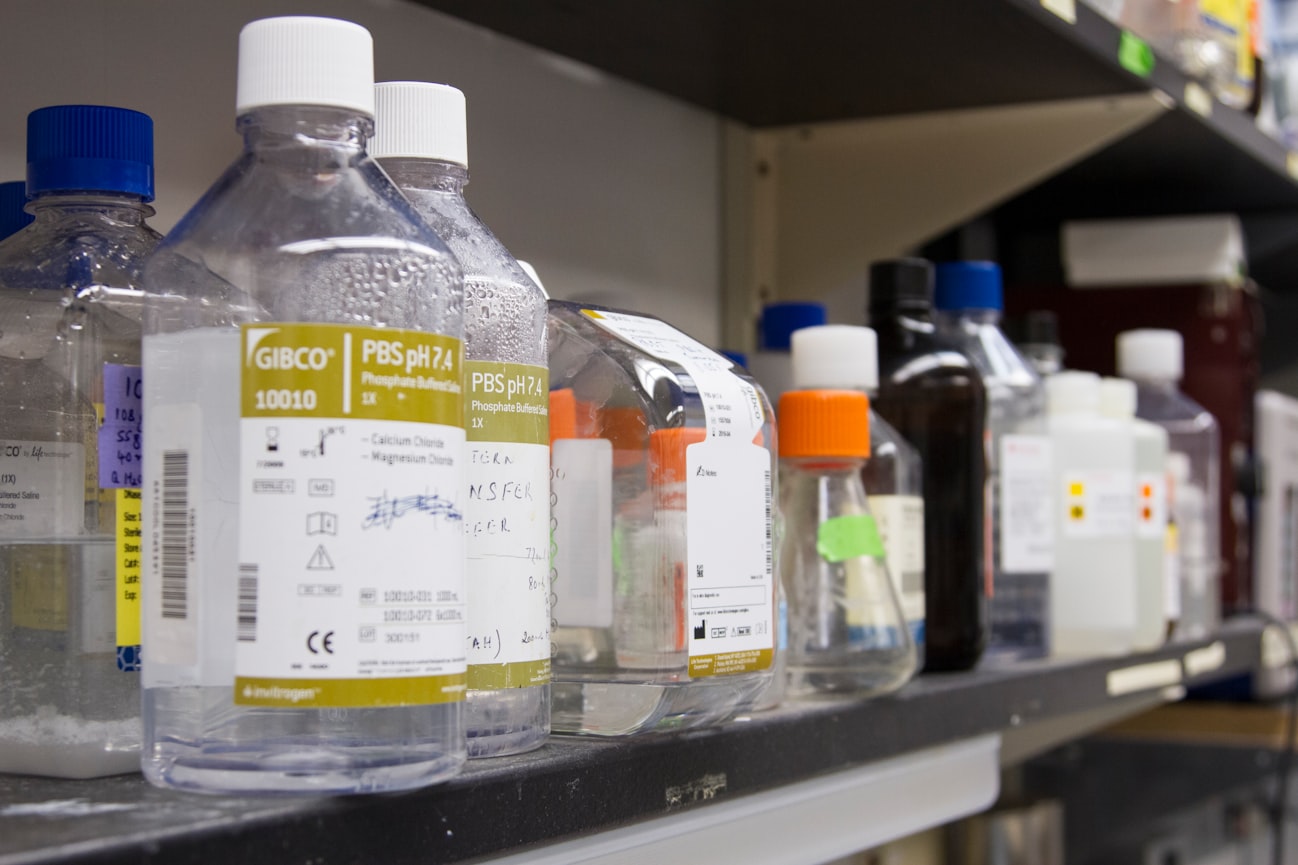“Please…protect yourself from household toxins”
–says author Debra Lynn Dadd—
Here’s a Little of What I’ve Learned
There are basically three ways that toxic chemicals can enter the body: by swallowing, by breathing, or by contact with the skin or eyes. When most people hear about a chemical poisoning, they usually think about swallowing (ingestion). Every year, five to ten million household poisonings are reported, the immediate result of accidental ingestion of common cleaning, pesticide, personal care and other common household products. Many of these poisonings are fatal, and most of the victims are children.
The personal care products we put on our skin and hair create possible toxic exposures through skin absorption. These include soaps, lotions, creams, cosmetics, shampoos, deodorants, and other common products. In 1989, a House subcommittee asked the National Institute of Occupational Safety and Health (NIOSH) to analyses 2,983 chemicals used in personal care products, and 884 were found to be toxic. Of these, 778 can cause acute toxicity, 146 can cause tumors, 218 can cause reproductive complications, 314 can cause biological mutation, and 376 can cause skin and eye irritations. Personal care products should promote hygiene, health, and beauty…not make us sick.
Of course, I don’t mean to suggest that everyone will experience health problems the first time they use a product containing toxic ingredients, although many people do. Actually, most poisonings happen slowly, over a long period of time by gradual skin absorption or by daily exposure to toxins we breathe in the air.
When I talk to people about toxins in the air, they are usually surprised to learn that indoor air is generally much worse to breathe than outdoor air. In fact, an EPA Report to Congress on Indoor Air and the subcommittee hearings on the Indoor Air Quality Act of 1989 stated that indoor air pollution is one of the nation’s most important environmental health problems. According to the EPA, most homes have airborne concentrations of hazardous chemicals that are two to five times higher indoors than outdoors. In one five-year study, the EPA reported that a number of homes had chemical levels that were seventy times higher inside than outside.
One reason chemical concentrations are so high in some home is that cleaning products, personal care products, and other household goods release toxic vapors into the air when they are used –some even when they are being stored. The next time you walk down the cleaning products aisle in the supermarket, notice how strongly it smells of toxic chemicals, even though all the packages are tightly closed.
A 1985 EPA report concluded that the toxic chemicals in household cleaners are three times more likely to cause cancer than outdoor air pollution. Also a report by the Consumer Product Safety Commission on chemicals commonly found in homes identified 150 that have been linked to allergies, birth defects, cancer and psychological abnormalities. With windows sealed shut in the winter to conserve heat and save energy, and in the summer to hold in cool air-conditioned air, these toxic fumes have nowhere to go and just build up to higher and higher levels.
Household cleaning products are among the most toxic substances we encounter daily. In one study conducted over a 15-year period, women who worked at home had a 54% higher death rate from cancer than women who had jobs away from the home. The study concluded that the increased death rate was due to daily exposure to hazardous chemicals found in ordinary household products. Both my mother and grandmother worked at home, and both died from cancer. My mother was only 51. I often wonder if she would be alive today if she had been aware of the information contained here.
I have one final comment to make about household toxins because this is dear to my heart. Household toxins don’t just affect us, they create toxic waste in their manufacture and use, which gets disposed of in the environment in the form of air and water pollution and solid toxic waste. Not only does this pollution come back to haunt our own health, but it also harms wildlife.
To cite only one example, my local California Department of Fish and Game tested the toxicity of common chemicals that they found in our waterways. The most toxic substances to aquatic organisms were household bleach, all-purpose cleaner, laundry detergent, and dish detergent. These were more harmful to aquatic life than other household products we think of as being more toxic, such as paint or car wax.
The natural environment makes it possible for us to live on this earth. From it, we draw everything that sustains our lives. Without it, we cannot survive.
What You Can Do
The first step is to educate ourselves. Now there are safer products on the market but the number of toxic products still being sold and purchased tell me that not everyone has gotten the message.
The next step is to begin to eliminate toxins from your daily life. While cleaning and personal care products are not the only sources of toxic chemicals in your home, they are among the most toxic and deadly. Fortunately, they are also the easiest to replace.
There are some good sources for safer cleaning and personal care products.
Be well, and enjoy your health!contact our Edina chiropractor today.

